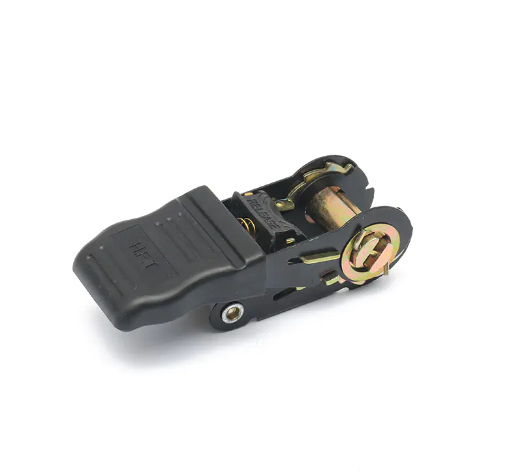No.2 new District Minglun Village,Wuxiang Town,Yinzhou District
-

Tel: +86 18658447778
-

E-mail: [email protected]
-


Safety Issues (Most Important!):
Grit and Dust: These small, hard particles can enter the gears and spring mechanism inside the ratchet, wearing down the metal parts like abrasives.
Dirt and Dirt: Dried dirt can clog the spring, preventing the ratchet from locking or unlocking properly.
Any internal dirt buildup can cause the ratchet to suddenly slip or fail under load, resulting in a serious safety hazard.
Functional Issues:
Dirt and salt increase friction between parts, causing poor operation and preventing the ratchet from locking or unlocking.
If left uncleaned for extended periods, the ratchet mechanism may become completely stuck.
Preventing Corrosion:
Sweat, rainwater, and seawater all contain salt and corrosive substances that can corrode metal, especially if the ratchet buckle is not made of high-grade stainless steel or a corrosion-resistant coating.
Corrosion can significantly weaken the metal.
Cleaning Instructions:
Disassembly (if possible): If your ratchet buckle design allows (such as on some backpacks), remove it from the webbing for a more thorough cleaning.
Preliminary Cleaning: Use a soft-bristled brush (such as an old toothbrush) to brush away any dust and dried mud.
Soak and Scrub:
Prepare a basin of warm water. Add a small amount of mild soap (such as dishwashing liquid) or a specialized outdoor gear cleaner.
Do not use strong acids, bases, or caustic detergents.
Soak the ratchet buckle for several minutes, then use a soft-bristled brush to carefully scrub every crevices, gears, and moving parts.
Rinse Thoroughly: Rinse thoroughly with clean, running water to remove all soap scum and dirt. Ensure no residue remains.
Drying (Important!):
Preferred: Wipe dry with a clean, soft cloth and allow to air dry.
Alternative: Use compressed air to blow out any moisture trapped in crevices.
Absolutely Avoid: Avoid using a hair dryer at high temperatures, as these can damage internal plastic components or springs. Also, avoid direct sunlight.
Maintenance Steps:
Lubrication: Lubricate the ratchet buckle after it is completely dry.
Use the Correct Lubricant: Dry lubricants or silicone grease are recommended. They are less likely to attract dust.
Avoid: WD-40 (which is primarily a rust remover and loosener, not a long-lasting lubricant) and heavy oils (such as motor oil or butter), as they can collect dust and turn into "sludge," which can actually increase wear.
Instructions: Spray or drip a small amount of lubricant onto the gears and movable axis, then repeatedly operate the ratchet buckle several times to evenly distribute the lubricant. Finally, wipe off any excess lubricant with a cloth.
After Each Use: For daily city use, wipe with a damp cloth.
Regular Maintenance: After outdoor activities, especially after exposure to mud, sand, seawater, rain, or excessive perspiration, a thorough cleaning and maintenance is essential.
Before Long-Term Storage: Always clean, dry, and lubricate the ratchet buckle before storage.